Water scarcity: Can Uzbekistan create an effective water management system?
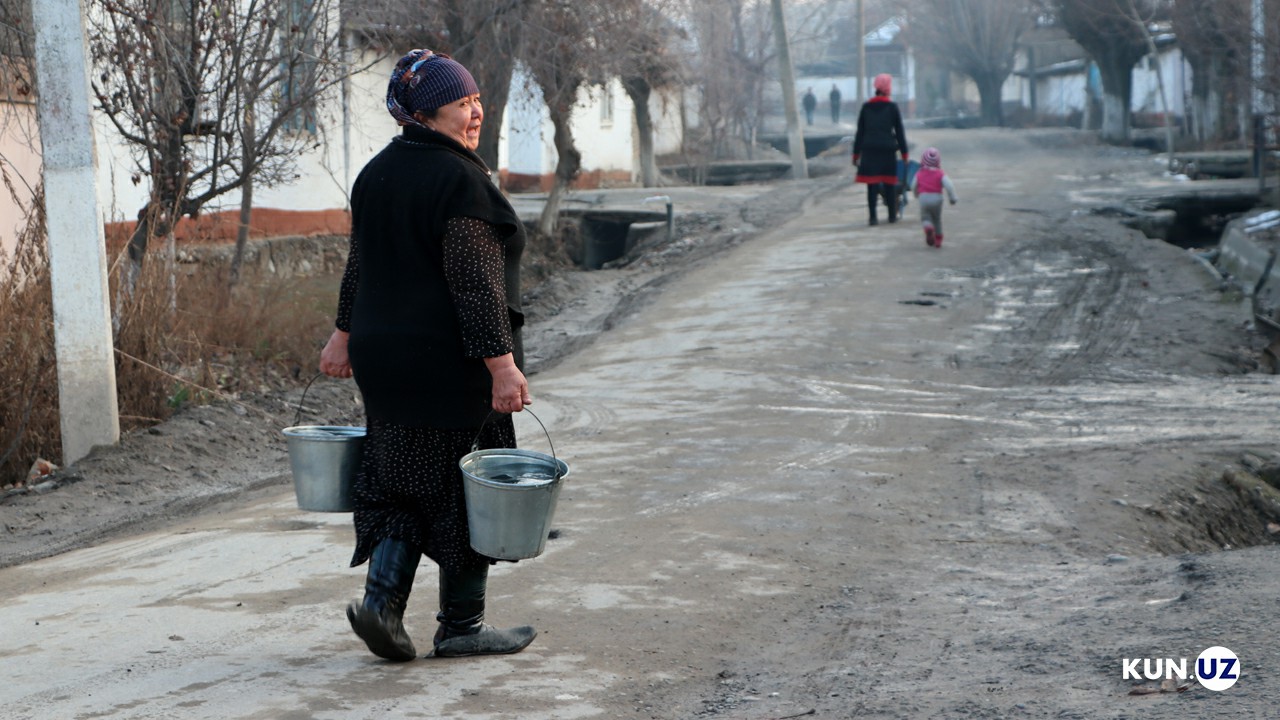
Photo: KUN.UZ
The draft Concept of Developing Water Management of Uzbekistan in 2020-2030 has been published for public discussion. The document is posted in the Uzbek language. This is a very important document aimed at solving the accumulated problems in the water sector.
Water is the most important resource. It is necessary for the life of the population, the functioning of the economy, especially agriculture, as well as to maintain the ecological balance.
The main challenges for the country’s agriculture sector today and in the long term are a reduction in water resources due to climate change, as well as an increase in water demand due to the growth of the population and economy. In other words, the supply of water will be reduced, and the demand for it will grow.
The situation with water shortages is aggravated by the fact that Uzbekistan is highly dependent on water supplies from neighboring countries (80% of the water consumed comes from outside the country).
The growing scarcity of water resources is exacerbated by the extremely inefficient use of water for its supply and consumption, especially in agriculture. This problem has both institutional and technological reasons.
The main institutional reason for the inefficient use of water resources is the lack of effective incentives for water saving among water consumers (primarily agricultural producers and the public), people and organizations responsible for water infrastructure. The main expenses for the supply of water for agricultural producers are covered from the state budget. Payments by agricultural producers for water supply services do not have a direct link to the volume of its consumption. Their size is insufficient to stimulate productive and economical water consumption.
This year, as we know, a large-scale agrarian reform is beginning, which provides for, among other things, phasing out the mandatory state order for cotton and grain production. Accordingly, conditions, prerequisites and the need for the implementation of water sector reform are created.
Technological problems in the use of water resources are associated primarily with outdated and worn-out infrastructure. The deterioration of irrigation systems and hydraulic structures that have been in operation for decades, the high energy intensity and low productivity of technological equipment and structures lead to significant water losses and high costs of its delivery to consumers. 66% of trunk and inter-farm and 21% of local canals of the country do not have anti-filtration coatings, that is, they pass in the earthen canal. 44% of trunk and inter-farm and 42% of local canals require repairs and restoration, and 16% of trunk and inter-farm and 10% of local canals require reconstruction. The technical condition of 70% of the tray networks is assessed as unsatisfactory. As a result, water losses in irrigation networks account for 35-40%.
Thus, the draft Concept of tasks outlines a set of measures for the development of water management:
1. Improving the financial sustainability of water management through the denationalization and decentralization of water management, commercialization of water management organizations, the introduction of outsourcing mechanisms, including public-private partnerships.
2. A phased increase in the level of coverage by water users of the costs of water supply. As mentioned above, at present, payments by agricultural producers for water delivery services are insignificant (they cover only a small part of delivery costs) and do not have a direct link to the volumes of its consumption.
3. Administrative reform in the water sector, introduction of modern management methods that are consistent with market principles, increasing the role and participation of water users, other stakeholders and the public in water management. It is supposed to carry out a clear definition and delimitation of the tasks, functions and powers of each state body working in the water sector.
4. The introduction of transparent and effective principles for the distribution and redistribution of rights to receive water. The water distribution system will be based on transparent and practicable rights to receive water in the form of long-term quotas and permits for special water use. In addition, it is planned to create a fair and transparent system for exchanging water rights or their parts (if, for example, some farmer does not need the planned amount of water, he will be able to resell it to another farmer, who needs this water).
5. Technological modernization of hydraulic structures and pumping stations, ensuring their safety, reducing water losses in irrigation systems, reducing energy costs for water delivery. Modernization will be carried out both at the expense of the state budget and through private investment.
6. Creating effective incentives for the rational use of water, introducing energy and water-saving technologies in the water sector, optimizing the structure of water consumption. It is proposed to use various tools that stimulate the use of water-saving technologies and increase the efficiency of water use.
7. Development of scientific and innovative potential in the water sector, improvement of the training system for the water sector.
8. Improving the system of forecasting and accounting for water resources, improving the quality of data and their availability for making effective decisions.
In general, the draft Concept proposes quite drastic and correct measures to solve the accumulated problems of the water sector.
Related News
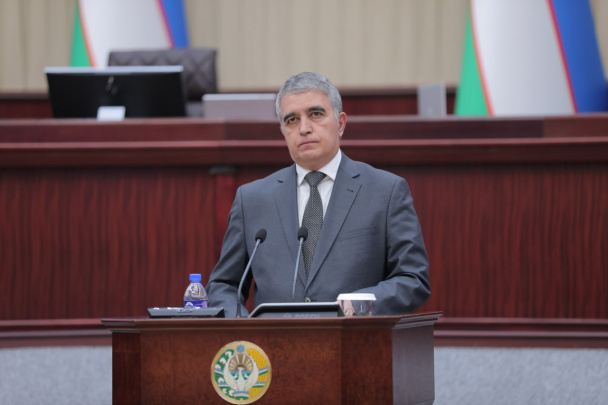
21:01 / 18.12.2025
Uzbekistan’s water reserves fall by 6.5 billion cubic meters year on year
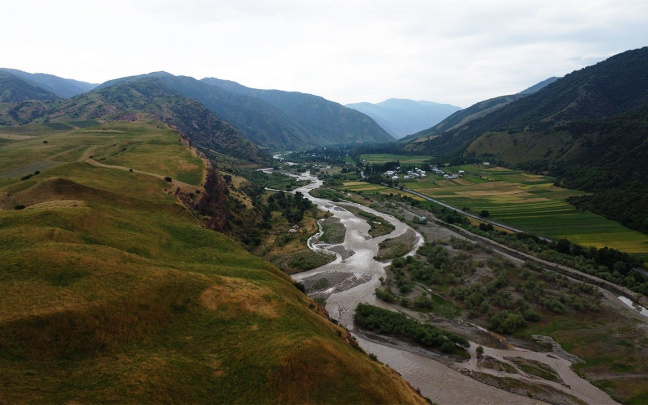
12:03 / 04.12.2025
Central Asian countries agree on water use and reservoir regimes for 2026
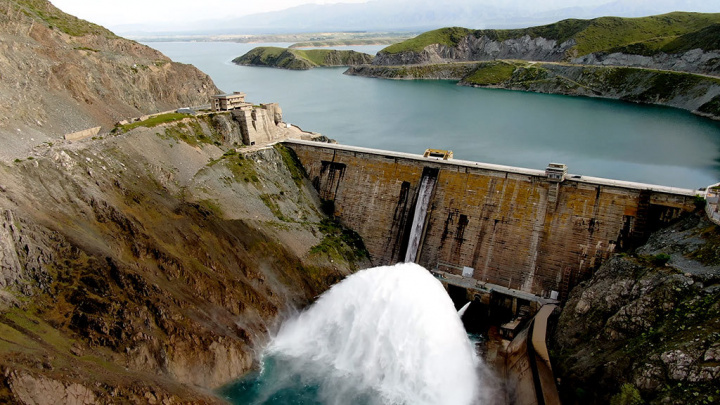
12:18 / 24.11.2025
Kyrgyzstan to supply water to Kazakhstan and Uzbekistan in exchange for electricity
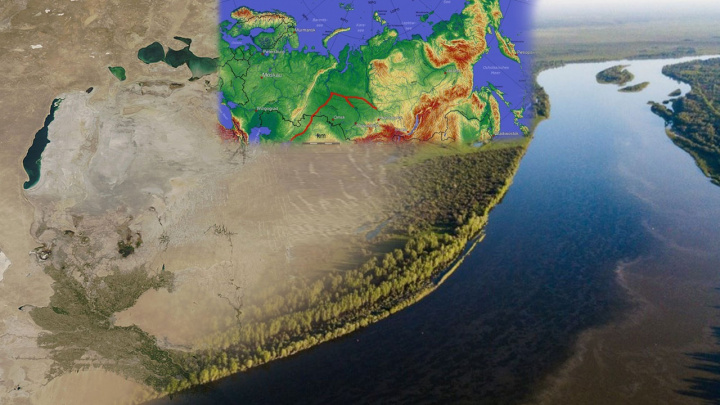
16:17 / 20.11.2025



